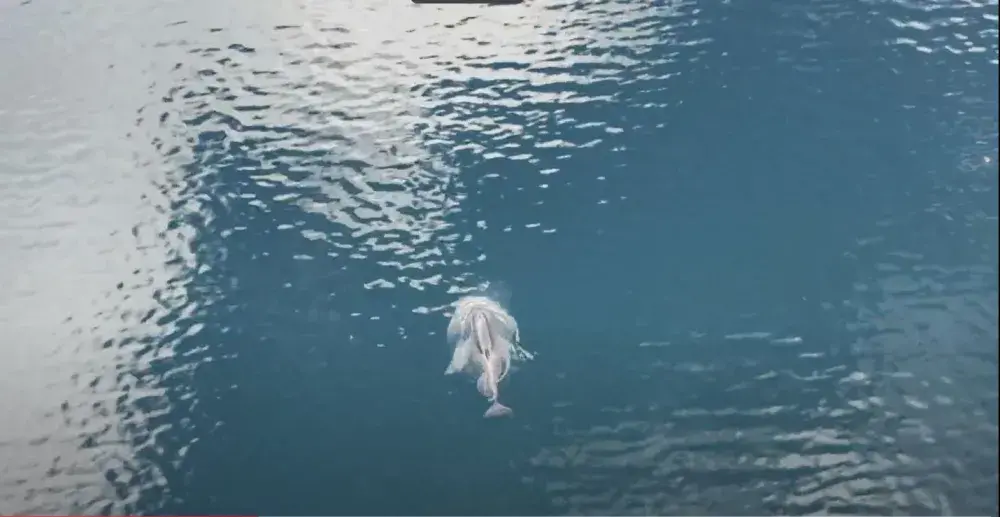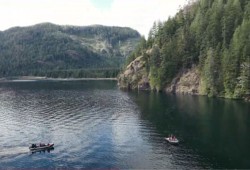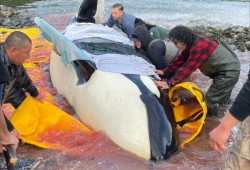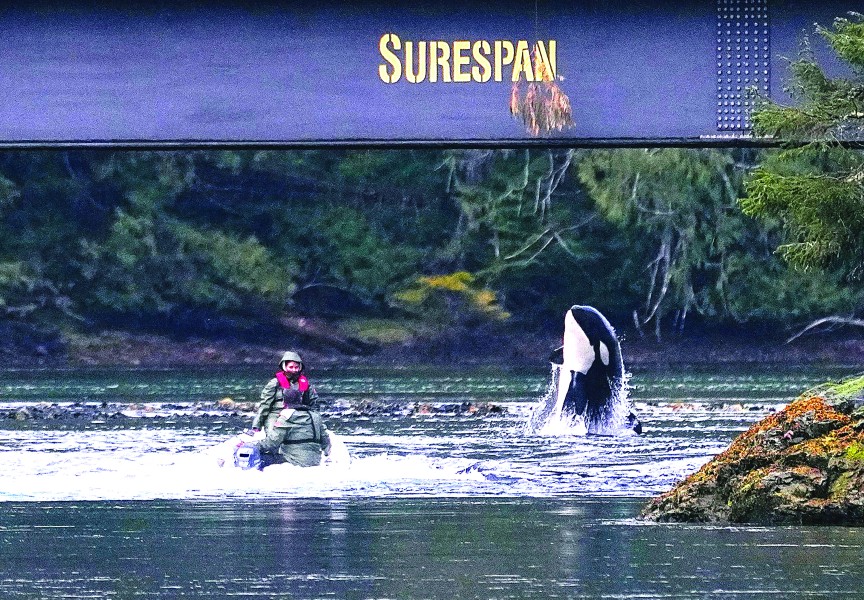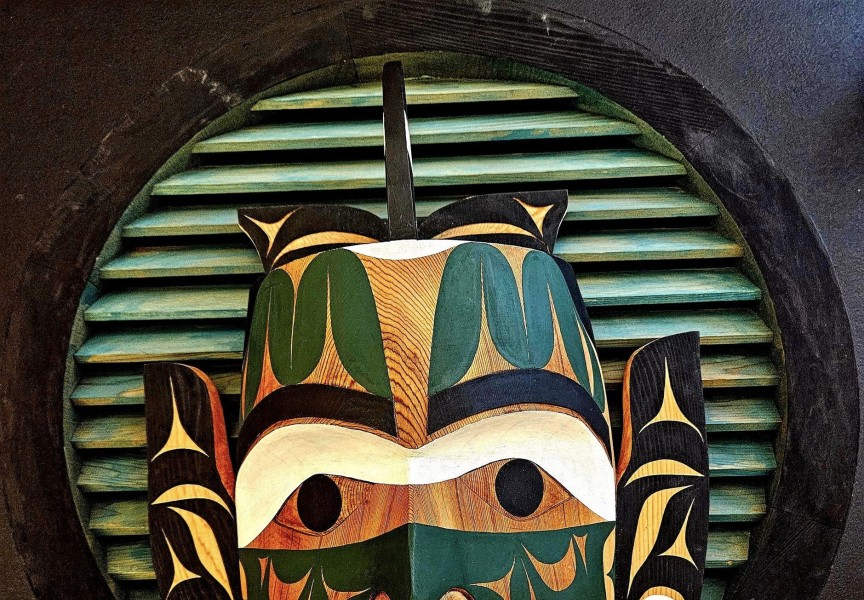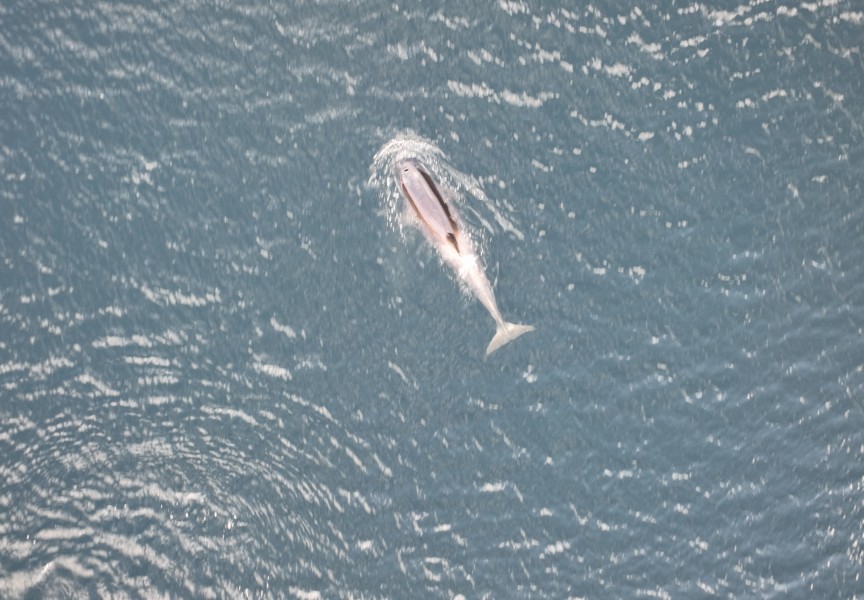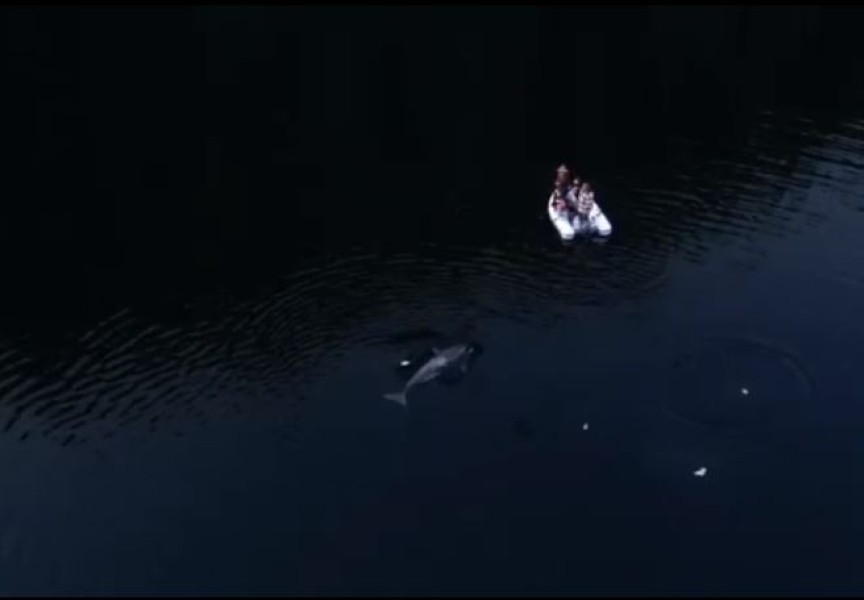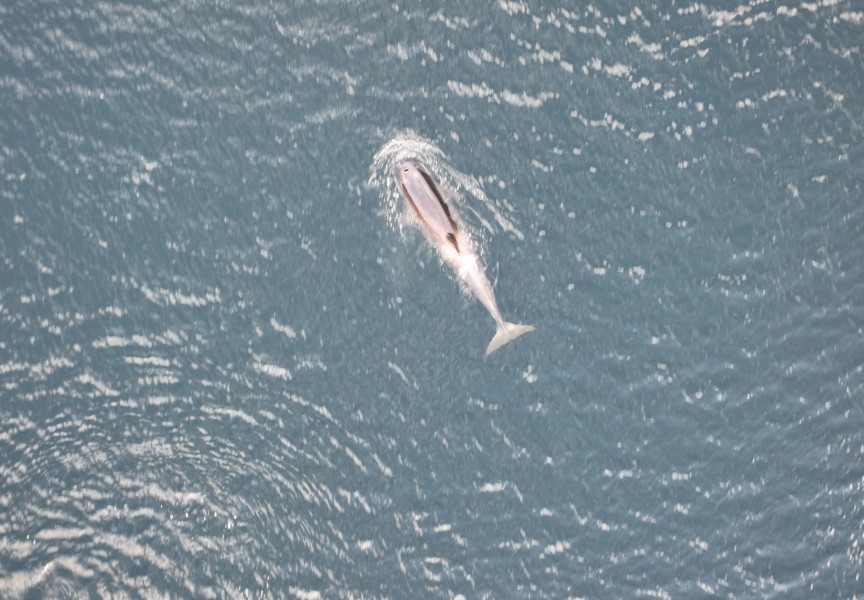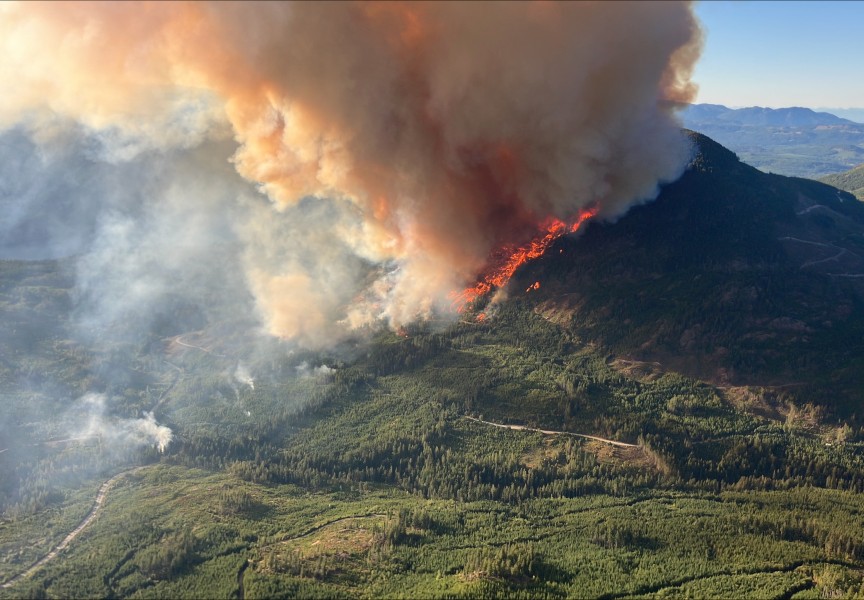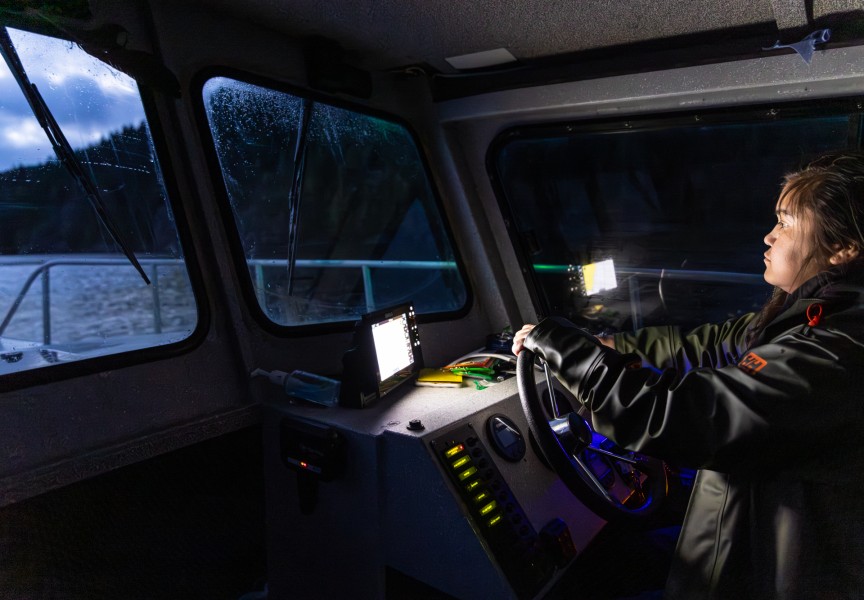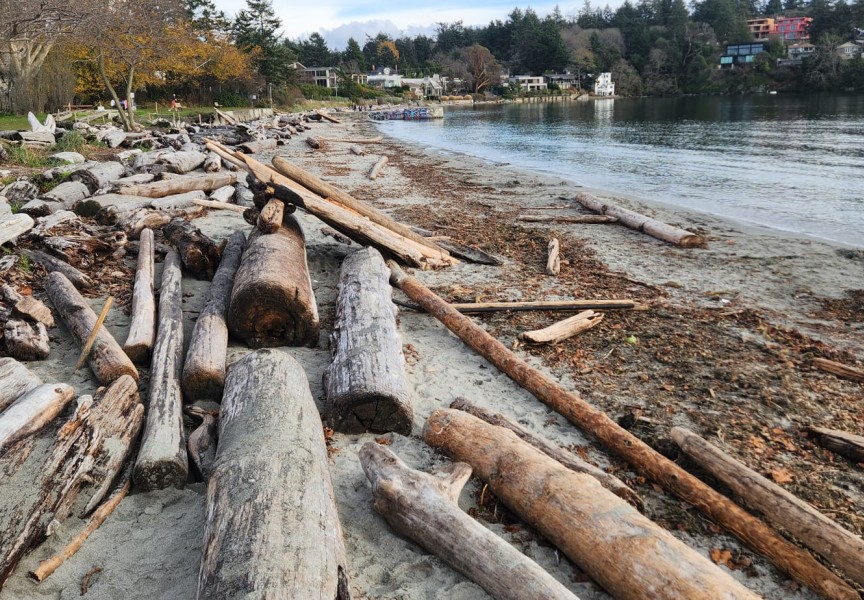The team overseeing an orphaned killer whale stranded in a lagoon near Zeballos is planning to physically transport the animal to the open ocean, with hopes of connecting it to a passing family pod.
Tidal and weather conditions over the last week haven’t been favourable to coax the young orca out of the lagoon, where it has remained for almost two weeks since entering the area with the mother on March 23. Since then, the transient killer whale has been reluctant to pass over the shallow area by the Fair Harbour road causeway where its mother died on a sandbar.
Since it was discovered, a team of responders from the local Ehattesaht First Nation, the nearby Nuchatlaht as well as Fisheries and Oceans Canada have explored means of encouraging the killer whale out of the lagoon on its own. This includes the audio playback of other transient killer whale pods and using a line of Oikomi pipes suspended from vessels, which create a moving wall of underwater sound. These methods haven’t worked, and the orca remains in the waters of the Little Espinosa Inlet.
“Unfortunately, we weren’t successful and realized that time is not on our side, so now we’re working through the logistics of a rescue operation,” explained Paul Cottrell, a marine mammal expert with Fisheries and Oceans Canada, during a media briefing from the Zeballos area on April 4. “We’re looking at other options as well in terms of using a sling onto a vehicle, and then moving the animal that way onto a landing craft or a vessel. Then we can move the animal to a net pen.”
The rescue operation would require multiple stages, said Ehattesaht Chief Councillor Simon John, who expects the process to unfold over the next week.
“It depends on the health of the killer whale to decide on when things happen,” he said.
Specific logistics are still being determined, but it appears that the team will coax the orca into a part of the lagoon using techniques employed so far, such as a Hukilau, which is an ancient Hawaiian fishing method that entails a row of floats with lines suspended underwater. With the possible use of a seine net stretching across the channel, the Killer whale could then be placed into a sling, loaded onto truck or vessel with a frame to hold it, then transported to an ocean-based net pen. The team plans to have this pen ready by Sunday.
“We’re hopefully going to have a family group or a related family group come by while the animal is there,” said Cottrell. “We have various methods that we use to help with that with playbacks.”
Two related pods were sighted last weekend in Barkley Sound, and the team hopes they will pass through Ehattesaht territory while the orca is there, allowing the animal to be released into the wild.
“The particular pod does frequently travel in the area where we’re putting the net pen,” said Cottrell. “This approach has worked in the past, and we’re hoping that it works again.”
The Ehattesaht have named the orca kʷiisaḥiʔis (pronounced kwee-sa-hay-is), meaning ‘Brave Little Hunter’. Killer whales, or kakawin, hold a sacred place in Nuu-chah-nulth culture.
“It’s given a name as a person, as a human being - or as we call it quu’aas,” said John of the young orca.
The team has closely monitored the health of the animal over the past week and a half. Body condition has been analyzed with footage from a waterproof drone provided by Strategic Natural Resources Consulting, a firm that the Ehattesaht became majority owners of in 2022.
A necropsy performed on the mother indicated that kʷiisaḥiʔis, which is a year and nine months old, could have been partially feeding off her milk. It isn’t clear how much the young orca has eaten since the mother’s passing, which led the team to offer it seal meat this week provided by the Nuchatlaht First Nation. A seal was seen in the mother’s mouth before her passing on March 23.
“The decision was made just to see if the animal was interested,” said Cottrell, noting that kʷiisaḥiʔis appears to be healthy. “Although we’ve seen it eating a duck, and it’s active in the area, we’re concerned that it’s not getting enough food. We wanted to see if the animal would take seal parts.”

